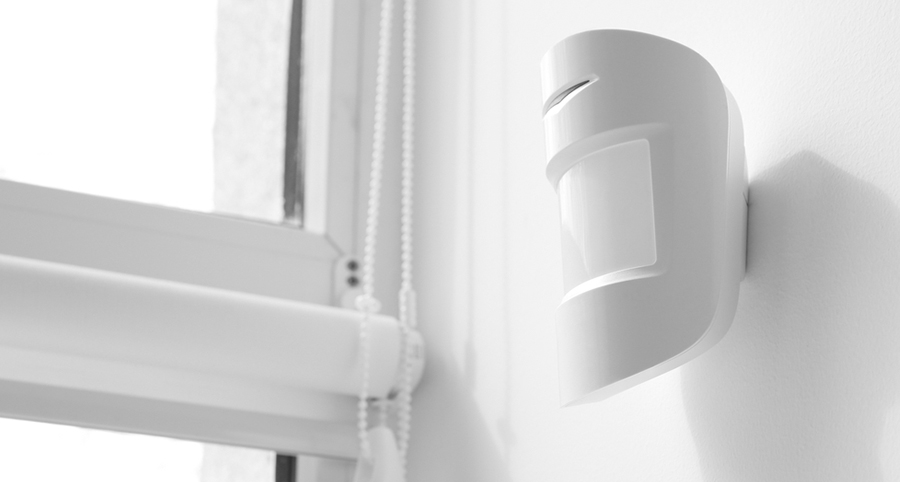
How Do Motion Sensors Work In State College?
You understand the general objective of motion sensors is to trigger your alarm when activity is observed. But how do they work? What kind of technology is involved, and should you use them? This straightforward tutorial will answer your questions and offer an idea of why these components are such an important aspect of your home security system.
How Are State College Motion Sensors Used?
Common in-home motion sensors will identify activity within a set distance between six to 70 feet. If needed, you can obtain options that can increase your coverage to a greater degree. These devices are generally found in features like exterior flood lights. Whenever they detect unusual activity, they signal your lighting and brighten your property.
Along with lighting, you’ll also find motion sensors used in surveillance systems like the ADT outdoor security camera. This powerful device may be customized to dispatch alerts and even video clips to your cell phone when activity is found.
Active Motion Sensors
Active sensors, as you can probably guess, actively discharge a type of wave or signal and then measure the speed of the reply. When there is a sudden alteration in the rate of response, activity is shown and your security system is notified. Microwave sensors are the most prevalent type of active device. You can also run into ultrasonic sensors that utilize sound waves and reflective sensors that assess the response rates of infrared light.
Passive Infrared Motion Sensors
One of the other most ubiquitous types of motion detection devices in State College is the passive infrared (PIR) motion sensor. Unlike active models, they won’t continuously send out a signal. Instead, they will discern changes in temperature within a specified zone. A sudden heat increase, like a person moving into a room, will set off the passive sensor.
If comparing to active sensors, PIR components require less power, are simpler to operate, and cost less. As an added bonus, you can adjust the sensitivity levels for most installations. For instance, the pet-friendly ADP motion sensor can be customized to dismiss furry occupants weighing under 60 pounds.
Additional Sorts Of Motion Sensors
You should know that there are more than passive and active detectors. In fact, there are some that utilize multiple sensing technologies. Known as dual, combined, or hybrid sensors, these options help cut down on false alarms as both styles of sensors must be triggered for your alarm to turn on. You will also come across vibration detection equipment and tomographic motion sensors that are usually found in bigger commercial spaces.
Design A Security Package With Motion Sensors in State College
Knowing that you have a little more knowledge of how motion sensors work in State College, it’s a great time to order your own security system with these important elements. When you get them as part of a package, you’ll enjoy peace of mind knowing they will be implemented properly with the rest of your devices. Touch base with Secure24 Alarm Systems now and allow our experts to help you find the best package for your property. Call (814) 212-8021 or submit the form on this page to start.
